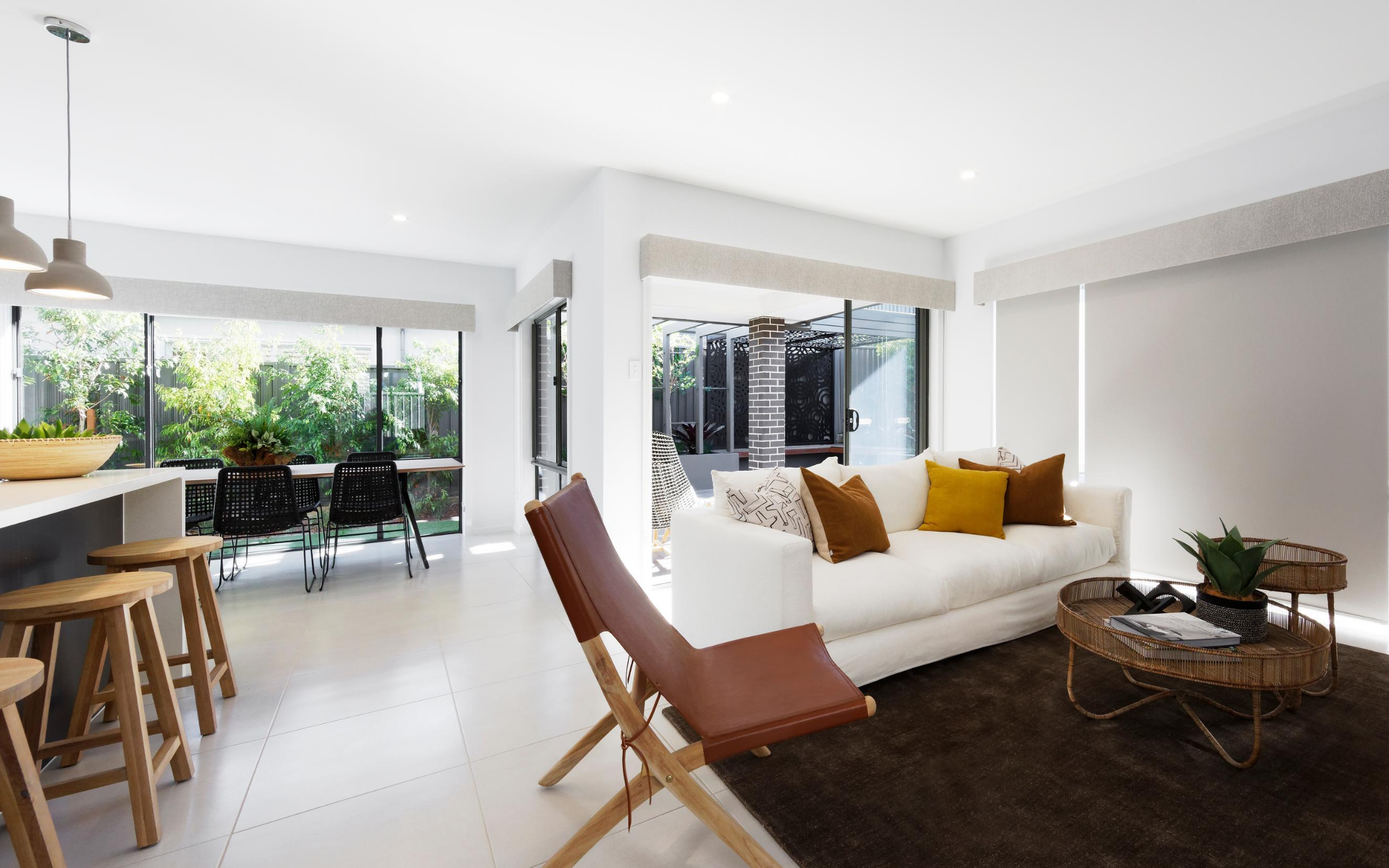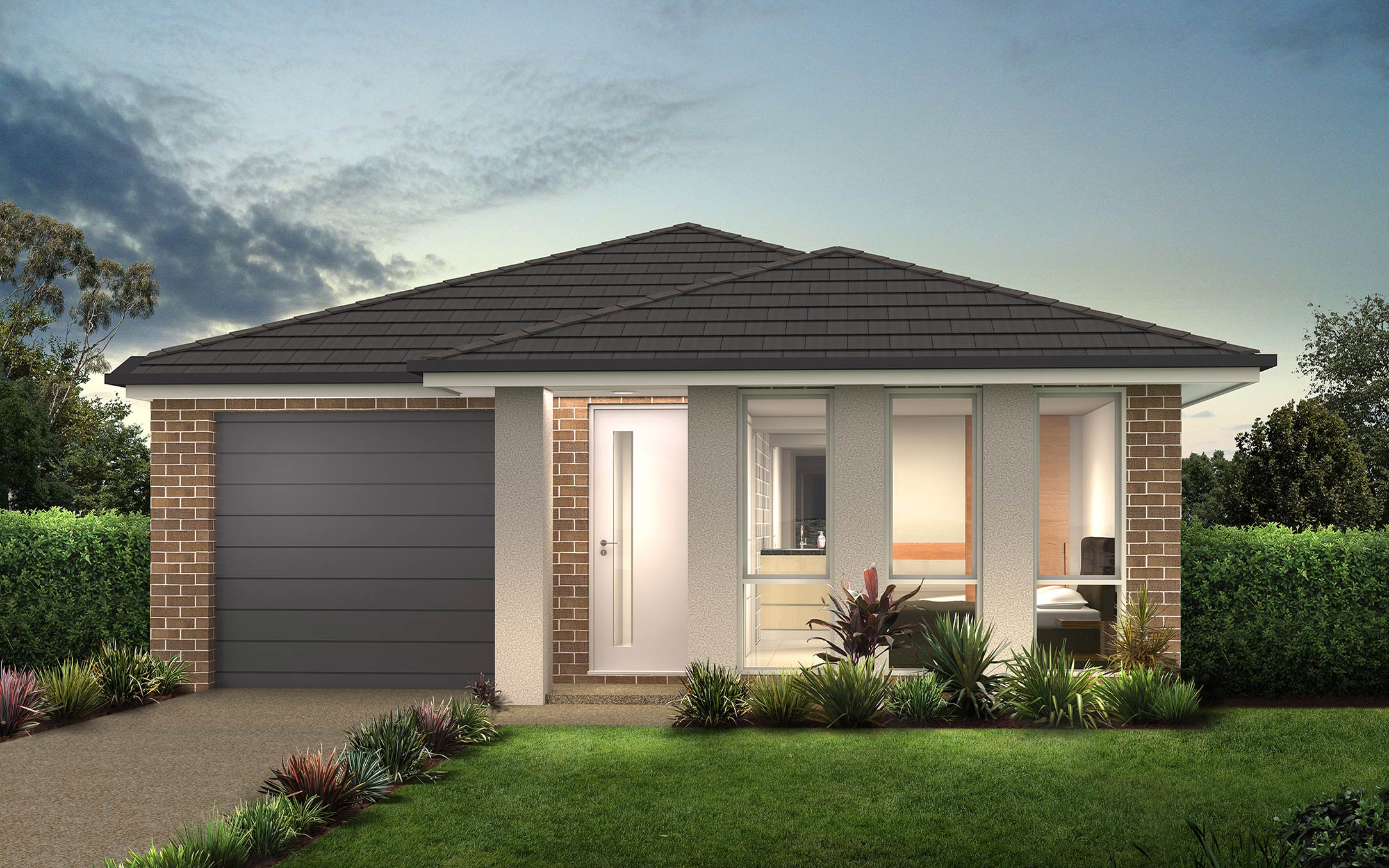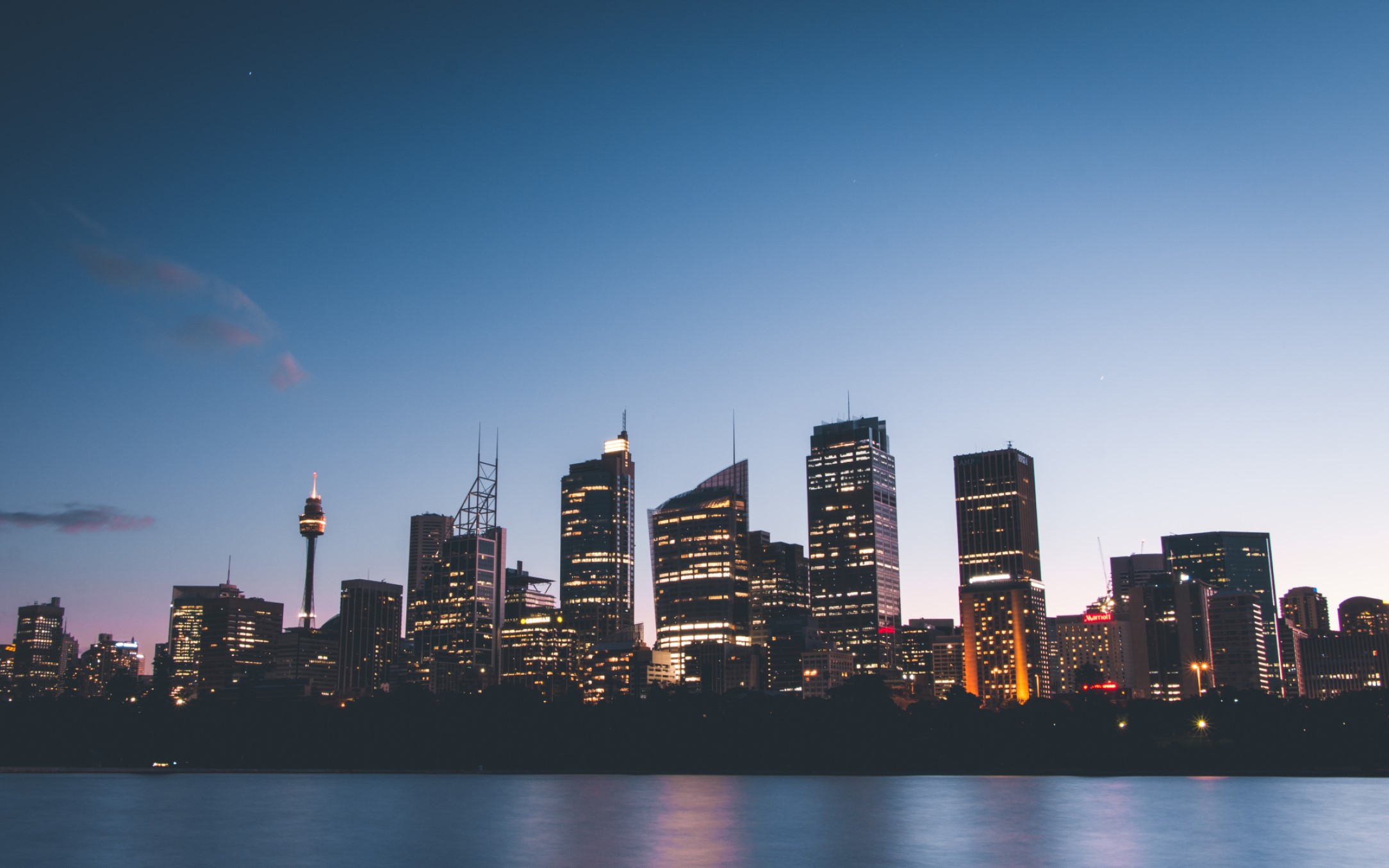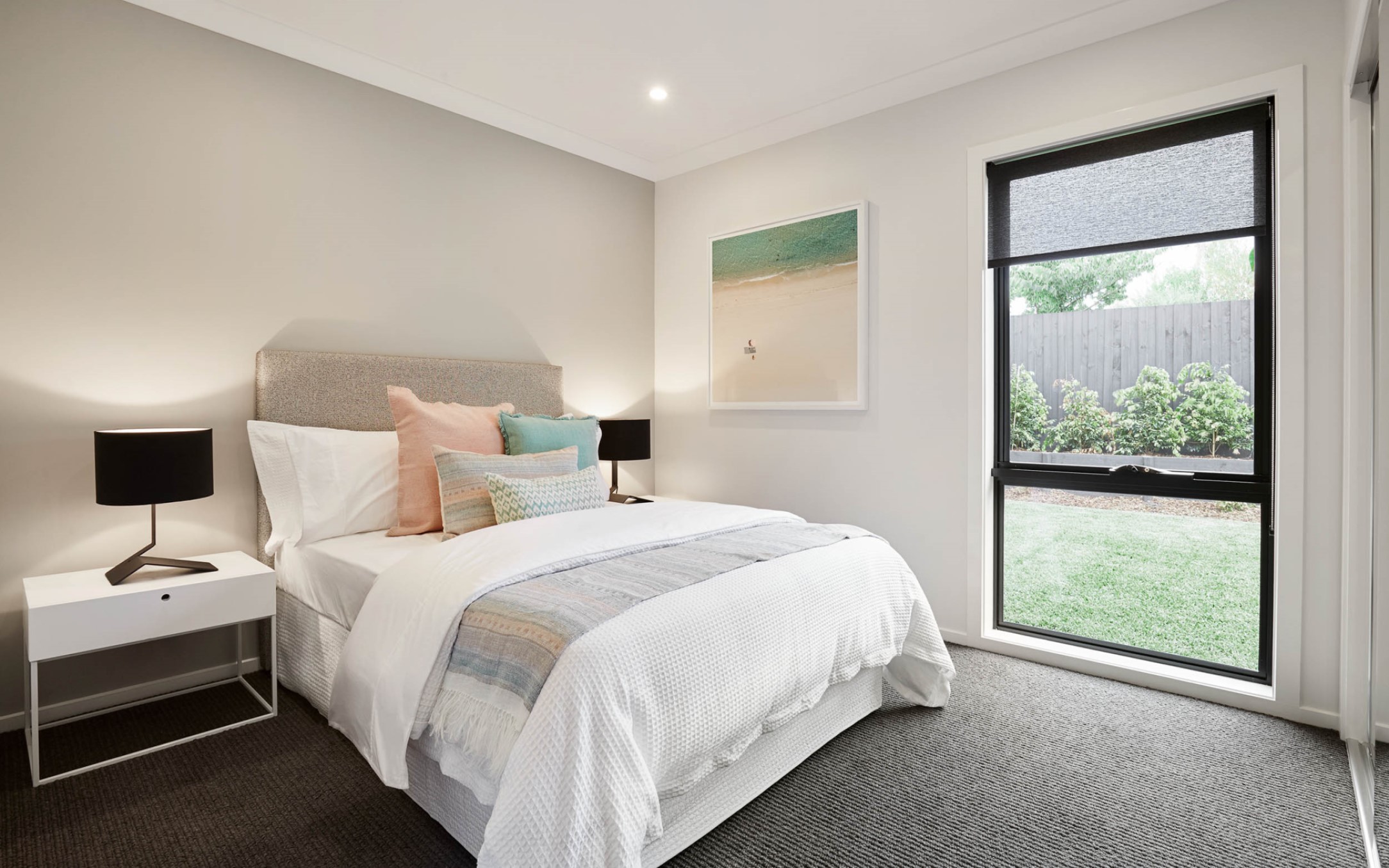House & Land
Why new house and land is attracting Sydney downsizers
First-time buyers aren’t the only people looking for more affordable homes in Sydney in 2020. In the past few weeks, we’ve experienced an escalation in the numbers of downsizers turning up to our display homes, and calling us for ideas and packages.
This is not a market segment that’s being helped along by Government home-buying incentives – the thinking being that these Australians are already secure in their home-ownership and don’t need the extra help. For governments intent on stimulating a COVID-infected economy, the priority is giving a leg-up to people who otherwise wouldn’t be in a position to buy.
Downsizers face a different problem. What was a few years ago, a much more predictable road to retirement, is now a far dicier proposition characterised by negligible interest earned on savings, lower-value assets and gradually devalued superannuation savings that post-COVID governments will be itching to get their hands on. Rocky local and global economic conditions aren’t doing anything to improve these conditions, further forcing Australians to think again about their financial position.
If the Royal Commission into Aged Care showed us anything, it’s that ageing at home is a much more attractive option compared to moving into aged care. We’re seeing more people coming to us in their hunt for smaller, more manageable homes that are more appropriate to their future needs, and allow them not to have to compromise the assets they’ll need to rely on to fund their post-retirement years.
The financial conundrum of downsizing in Sydney
When Stamp Duty surcharges were introduced for foreign purchasers of residential land in 2018, it was like a tap was turned off. Large scale high-density masterplan developments suddenly had to pivot away from selling their inventories to offshore buyers, and turn to buyers far less willing and able to afford their inflated prices. The bubble was on its way to being burst.
Developers turned their attention to downsizers as the most likely replacement for their missing foreign purchasers of the tens of thousands of new apartments under construction in Sydney and Melbourne. It made sense, at least on paper: now that the kids have grown up and moved out, you can sell the high-maintenance Sydney suburban family home and move into a brand-new urban apartment in a city-within-a-city masterplan project.
The trouble is, this didn’t work, for two big reasons. One, the property downturn meant that the family home was suddenly worth a lot less than it had been prior to the beginning of 2018; any sale would make the nest egg much smaller. And two, these apartment projects were still priced for overseas buyers; in other words, they were far too expensive.
The subsequent flurry of discounting and value-adding that up until 2018, had been unthinkable among large-scale residential project developers, wasn’t enough to overcome the fact that there simply weren’t enough downsizers willing to cut their own throats to buy into these projects.
Fast-forward to today, and Sydney’s rental vacancy rate is currently the highest it’s been since 2005, with close to one in six rental properties in Sydney’s CBD sitting empty. The majority of these properties are apartments, part of a massive oversupply fuelling falling values.
On the flipside, we’re seeing the affordability of greenfield house-and-land projects providing a much more viable and attractive alternative to the almost one-in-three (29 per cent) Australians over 55 who want to downsize from their family home. For these people, a smaller Torrens Title home is presenting a far better option compared to investing in a higher-priced Sydney apartment.
Why downsizers are looking to house and land
That figure above is taken from a report on downsizing in Australia by researchers from Swinbourne University of Technology and Curtain University, undertaken on behalf of the Australian Housing and Urban Research Institute (AHURI) and released just before COVID-19 rolled into town.
This same report said, contrary to one of the great myths about downsizers, less than one-in-four (22 per cent) stay in their original suburb when relocating to a smaller home. Of the rest, we’re finding that greenfield areas in Sydney’s growth suburbs – that is, the parts of Sydney that are yet to be fully developed – are high on the shopping list.
I think there are two main reasons why that is.
Keep in mind that it’s much cheaper to buy a block of land and build a new home in these areas of Sydney, than it is to buy an existing home in more established suburbs. Right now, you can build a four-bedroom, single-storey Thrive home with modern amenities on a 250sqm block in Sydney for under $650,000.
This solves the biggest impediment holding back Sydney apartment developers from attracting downsizers in big-enough numbers to replace foreign buyers over the past two years. That is, downsizers don’t need to sell the family home to be able to afford to buy a Sydney house-and-land package.
Instead, the downsizing buyers who are coming to us are keeping the family home, renting it out to make some money and taking out a reverse mortgage, putting plans to sell on-hold until such time as the market has more to offer for their main asset.
The second reason is, buying a new house-and-land package in an emerging Sydney suburb is giving them another opportunity at high-value asset creation.
Sydney’s greenfield estates are in parts of the Sydney that are yet to realise their full potential of capital gains. In short, they’re yet to boom. The NSW Government has identified these parts of the city as high-priority growth areas, and have focused much of the State’s renewed investment in infrastructure into bringing these parts of Sydney closer to central business hubs through new rail and expanded road links.
The NSW Government is looking beyond COVID to a time where much of Sydney’s new population growth will be in these areas over the next ten years. For a downsizer, buying a more appropriate new home in one of these areas means their nest egg continues to grow in value.
Using the value of their existing asset to buy a new one that will almost certainly escalate in value, is proving very attractive to downsizers. Even without the bonanza of incentives being offered to first-time buyers.
As these incentives run dry over the next few months, the new home construction sector in Sydney and other major cities would do well to look more closely at the needs of downsizers, and give thought to how to better cater to this highly motivated section of the market.
If you're looking for house and land or are a downsizer looking for what option is the right fit, contact our friendly team who will help guide you in the right direction.




